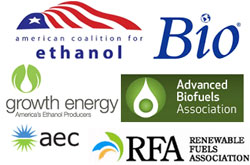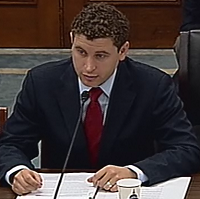 Good news is emerging from the most recent soil data of the Project LIBERTY biomass harvesting research in northwest Iowa. Harvesting crop residue can be a responsible part of good farm management.
Good news is emerging from the most recent soil data of the Project LIBERTY biomass harvesting research in northwest Iowa. Harvesting crop residue can be a responsible part of good farm management.
Project LIBERTY is a commercial-scale, cellulosic ethanol plant that is scheduled to begin operations in Emmetsburg, Iowa in late 2013. The plant will use corncobs, leaves, husk, and some stalk and is expected to produce 20 million gallons of ethanol growing to approximately 25 million gallons per year. It is the first project of the POET-DSM Advanced Biofuels Joint Venture.
![]() For the last four years, Project LIBERTY has commissioned soil sustainability work from researchers with Iowa State University and the USDA. They have studied six different harvest methods in an effort to provide area farmers with data to help them make decisions about biomass harvesting.
For the last four years, Project LIBERTY has commissioned soil sustainability work from researchers with Iowa State University and the USDA. They have studied six different harvest methods in an effort to provide area farmers with data to help them make decisions about biomass harvesting.
“Basically, at the removal level that POET-DSM recommends, there is no reduction in yield, and removal rates are well within the sustainability limits,” said Dr. Stuart Birrell with Iowa State University.
Birrell and Dr. Douglas Karlen of USDA-ARS led the research.
The most recent data is consistent with previous years. Birrell said nutrient replacement is minimal, with no evidence of a need to replace nitrogen. Based on the research, POET-DSM recommends to farmers the addition of 10-15 pounds of potash when soil tests indicate it is needed. The effects of biomass harvesting on soil carbon have also proven to be minimal according to measurements of soil organic carbon, Birrell said, more an effect of yield and tillage intensity than biomass removal.
POET-DSM contracts for about 1 ton of biomass per acre with participating farmers. That’s less than 25 percent of the available above-ground biomass. They are contracting for 85,000 tons this year, and once operational, Project LIBERTY will require about 285,000 tons per year.



 Six biofuel industry organizations have jointly petitioned the U.S. Court of Appeals for the District of Columbia Circuit to intervene in a lawsuit filed by the American Fuel & Petrochemical Manufacturers (AFPM) and the Western States Petroleum Association (WSPA) against the U.S. Environmental Protection Agency. The biofuel organizations include the Advanced Biofuels Association, Advanced Ethanol Council,
Six biofuel industry organizations have jointly petitioned the U.S. Court of Appeals for the District of Columbia Circuit to intervene in a lawsuit filed by the American Fuel & Petrochemical Manufacturers (AFPM) and the Western States Petroleum Association (WSPA) against the U.S. Environmental Protection Agency. The biofuel organizations include the Advanced Biofuels Association, Advanced Ethanol Council, 








